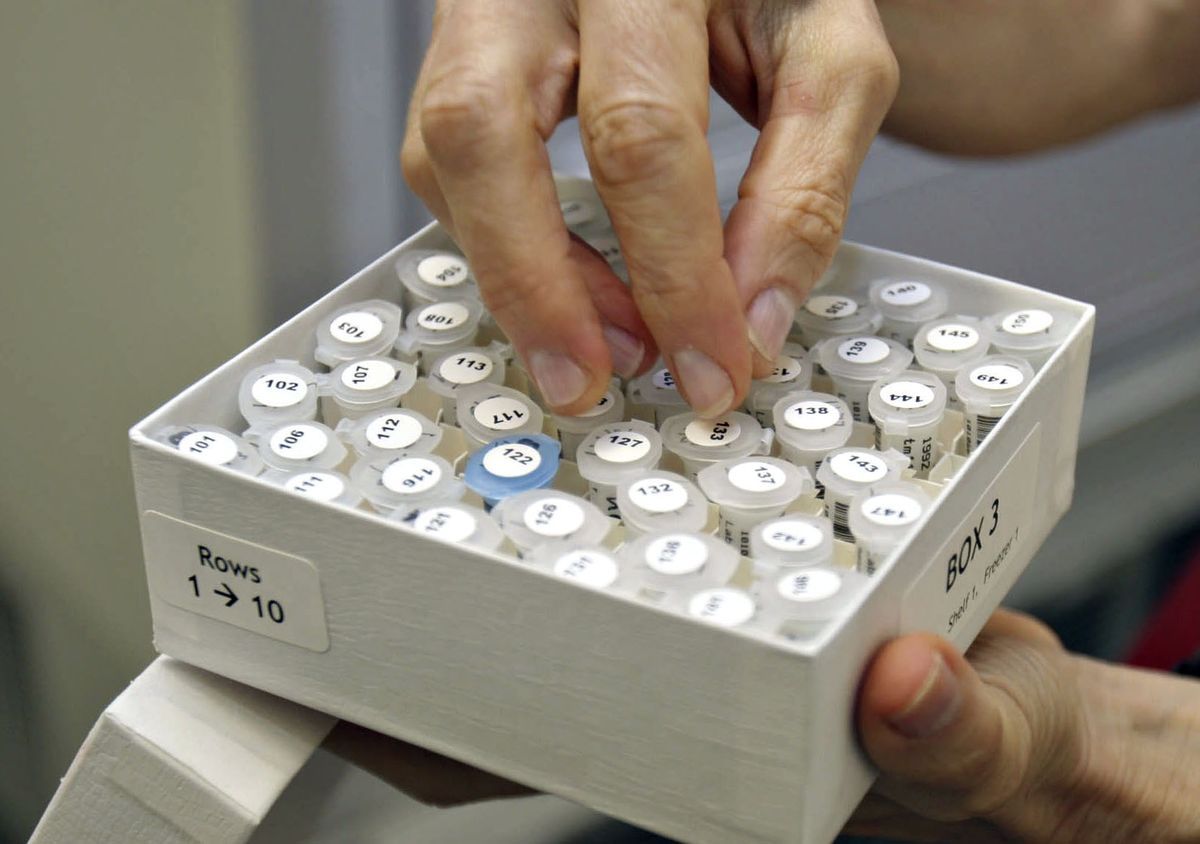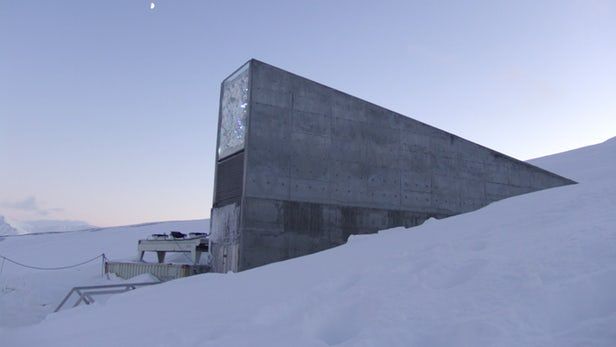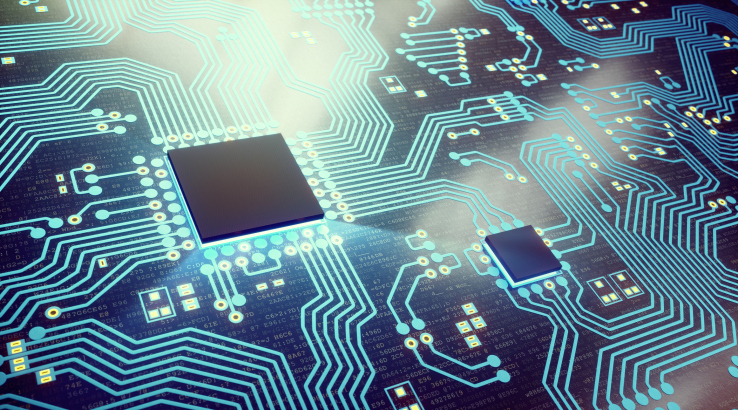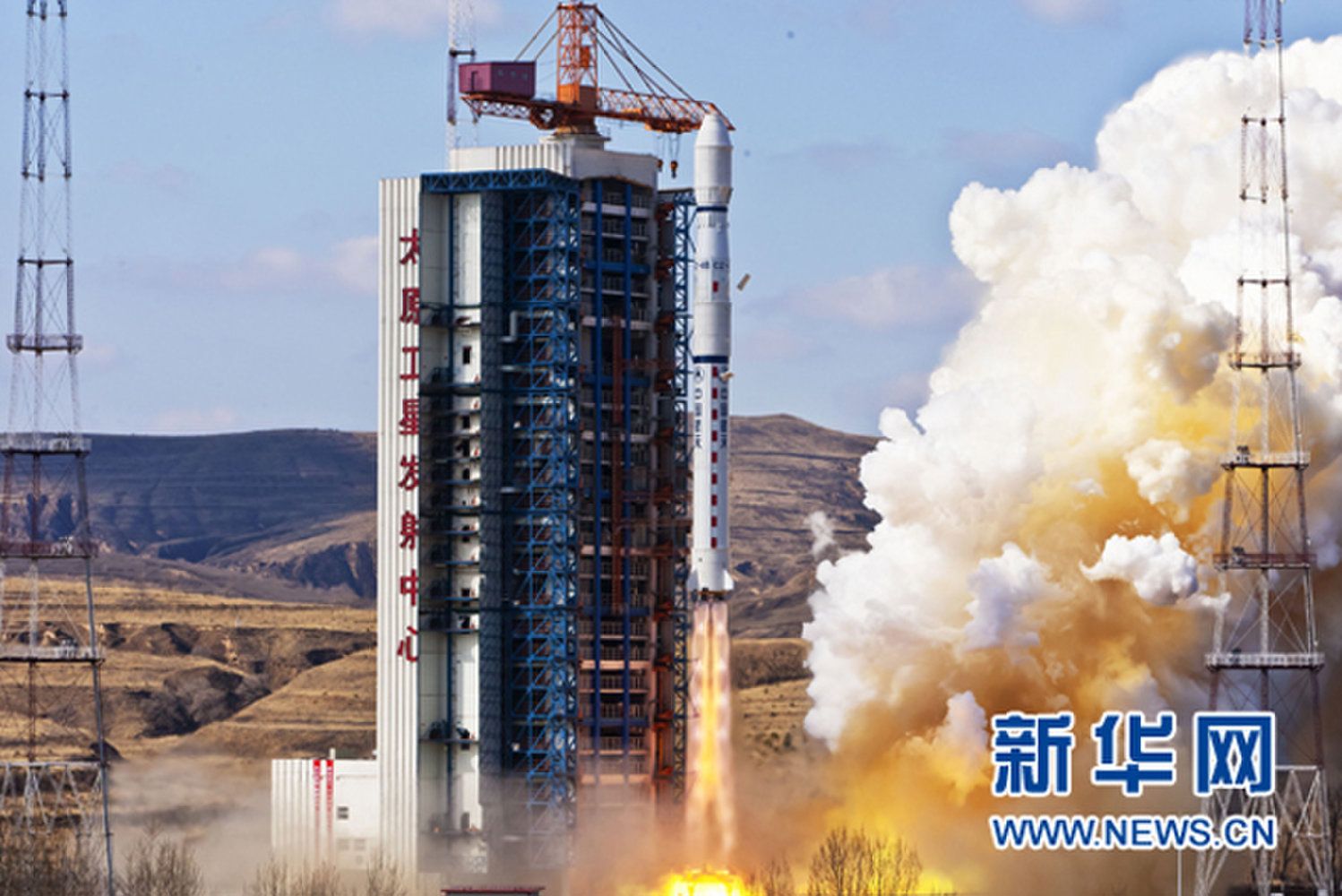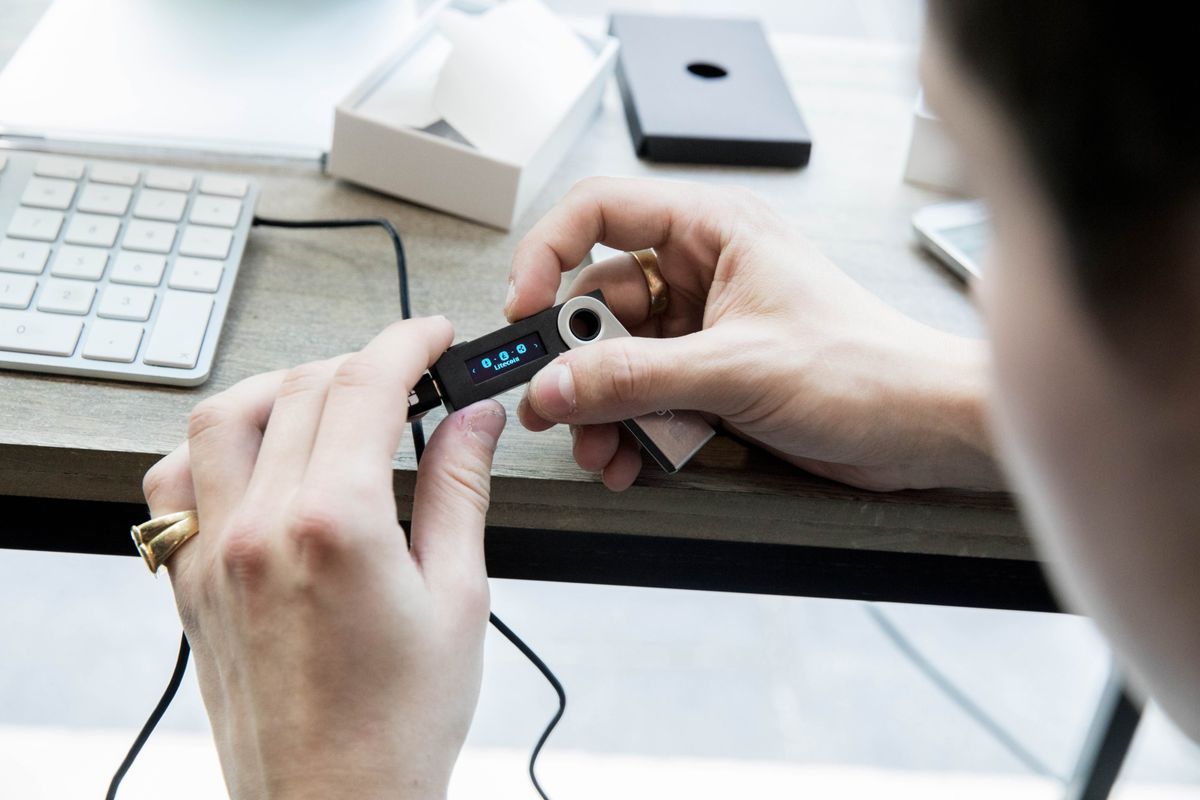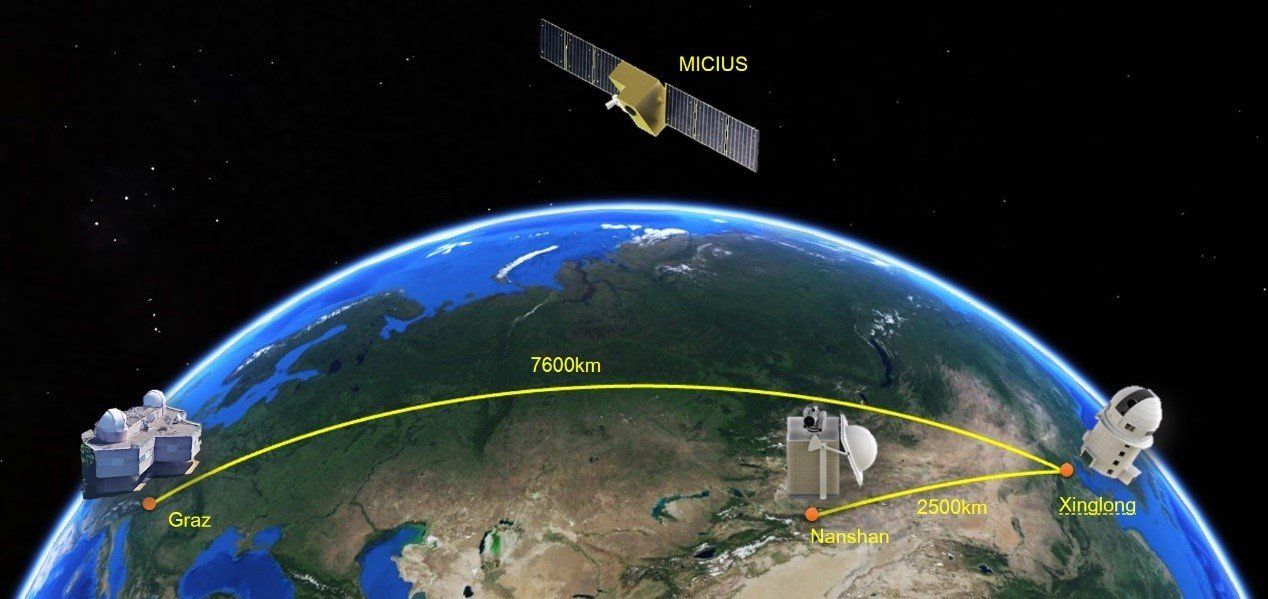Archive for the ‘security’ category: Page 102
Feb 28, 2018
A National Machine Intelligence Strategy for the United States
Posted by Dan Kummer in categories: business, economics, policy, robotics/AI, security, transportation
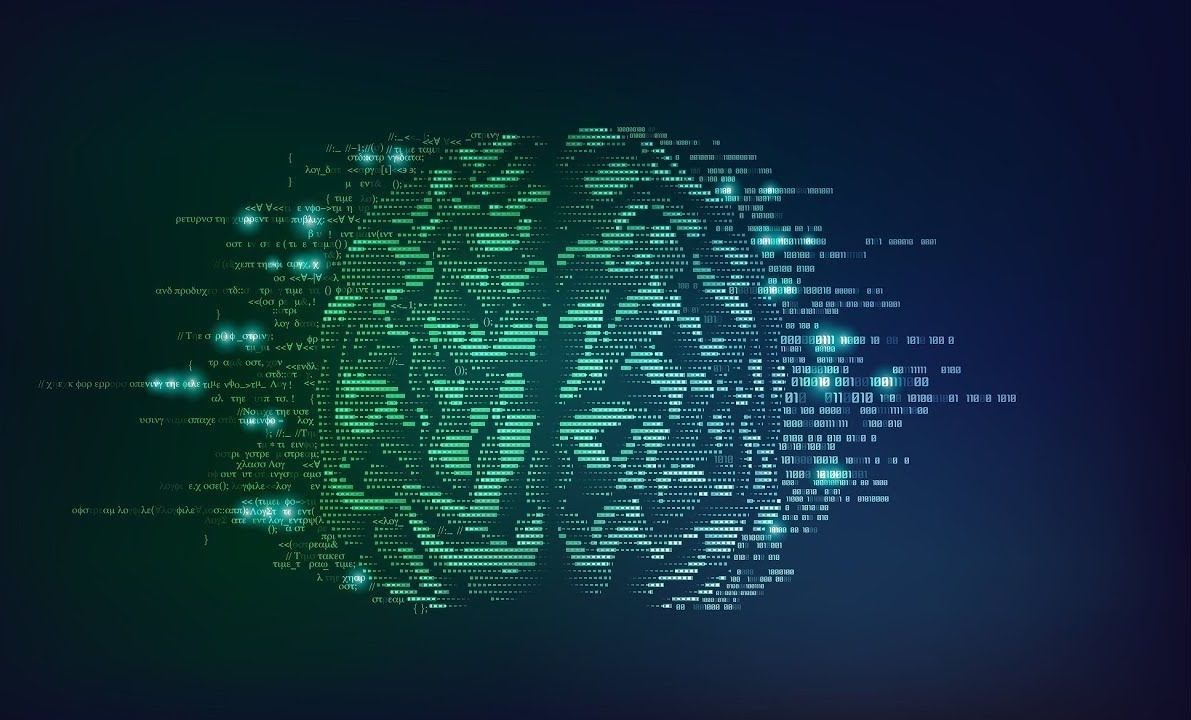
This event will be webcast live from this page.
The Technology Policy Program invites you to the launch of our upcoming report, A National Machine Intelligence Strategy for the United States.
Continue reading “A National Machine Intelligence Strategy for the United States” »
Feb 27, 2018
Norway’s Global Seed Vault set for multimillion-dollar fortification
Posted by Derick Lee in categories: business, existential risks, food, security
It has proposed spending a total of US$12.7 million on technical upgrades to the vault to better protect the more than 930,000 seed varieties inside. It has completed a feasibility study and plans to move ahead with the construction of a new concrete access tunnel and a new service building for the emergency power, refrigeration units and electrical equipment.
Global food security is serious business, and when you have water seeping into a doomsday facility built to shore up food supplies for the future, well, that’s hardly ideal. But such breaches should be a thing of the past, with Norwegian authorities overseeing the Svalbard Global Seed Vault planning a multi-million dollar overhaul of the structure.
Feb 25, 2018
Could Elon Musk Lose the Satellite Market — and Win the Solar System?
Posted by Genevieve Klien in categories: Elon Musk, satellites, security
When SpaceX launched the world’s biggest rocket ship on Feb. 6, that kind of seemed like a big deal — but not everyone is impressed.
Previewing the SpaceX Falcon Heavy launch, The Wall Street Journal seemed perplexed. Yes, the Falcon Heavy is big, admitted the Journal. But as a “heavy-lift booster,” it said, it is a product designed to serve a market that’s suffering “significantly eroded commercial demand” and “uncertain commercial prospects.”
The problem, as the Journal (correctly) pointed out, is that thanks to advances in rocketry, electronics, and materials technology, “both national security and corporate satellites continue to get smaller and lighter” (and cheaper).
Continue reading “Could Elon Musk Lose the Satellite Market -- and Win the Solar System?” »
Feb 17, 2018
The Quantum Internet Has Arrived (and It Hasn’t)
Posted by Genevieve Klien in categories: computing, internet, quantum physics, security
Networks that harness entanglement and teleportation could enable leaps in security, computing and science.
- By Davide Castelvecchi, Nature magazine on February 16, 2018
Feb 13, 2018
Decentralized Digital Identities and Blockchain – The Future as We See It
Posted by Roman Mednitzer in categories: bitcoin, food, neuroscience, security
Howdy folks.
I hope you’ll find today’s post as interesting as I do. It’s a bit of brain candy and outlines an exciting vision for the future of digital identities.
Over the last 12 months we’ve invested in incubating a set of ideas for using Blockchain (and other distributed ledger technologies) to create new types of digital identities, identities designed from the ground up to enhance personal privacy, security and control. We’re pretty excited by what we’ve learned and by the new partnerships we’ve formed in the process. Today we’re taking the opportunity to share our thinking and direction with you. This blog is part of a series and follows on Peggy Johnson’s blog post announcing that Microsoft has joined the ID2020 initiative. If you haven’t already Peggy’s post, I would recommend reading it first.
Continue reading “Decentralized Digital Identities and Blockchain – The Future as We See It” »
Feb 5, 2018
Former Intel president launches new chip company with backing from Carlyle Group — By Ron Miller | TechCrunch
Posted by Odette Bohr Dienel in categories: business, computing, security
“Ampere, a new chip company run by former Intel president Renee James, came out of stealth today with a brand-new highly efficient Arm-based server chip targeted at hyperscale data centers.”
Jan 21, 2018
In Space and Cyber, China is Closing In on the United States
Posted by Klaus Baldauf in categories: encryption, robotics/AI, satellites, security
WASHINGTON — It should be no surprise that China is moving to challenge the United States for dominance in space, cyber, artificial intelligence and other key technologies that have wide national security applications. But the question that is still being debated is whether the United States is taking this threat seriously.
This may not be a Sputnik moment, but the United States could soon be unpleasantly surprised as China continues to shore up its domestic capacity to produce high-end weapons, satellites and encryption technologies, a panel of analysts told the House Armed Services emerging threats and capabilities subcommittee.
At the Tuesday hearing, Subcommittee Chairman Rep. Elise Stefanik, R-N.Y., said lawmakers are not entirely convinced that China’s dominance in many technology sectors is a “foregone conclusion.” But the committee does believe that China’s technological accomplishments should inform U.S. policies and defense investments. [The Most Dangerous Space Weapons Concepts Ever].
Continue reading “In Space and Cyber, China is Closing In on the United States” »
Jan 20, 2018
Bitcoin Wallet Maker Ledger Raises $75 Million for Security Push
Posted by Klaus Baldauf in categories: bitcoin, cryptocurrencies, security
Ledger SAS, a startup that makes electronic wallets for Bitcoin and other cryptocurrencies, has raised 61 million euros ($75 million) from investors including Draper Esprit Plc.
Jan 19, 2018
Real-world intercontinental quantum communications enabled by the Micius satellite
Posted by Saúl Morales Rodriguéz in categories: encryption, internet, mathematics, quantum physics, security, space
A joint China-Austria team has performed quantum key distribution between the quantum-science satellite Micius and multiple ground stations located in Xinglong (near Beijing), Nanshan (near Urumqi), and Graz (near Vienna). Such experiments demonstrate the secure satellite-to-ground exchange of cryptographic keys during the passage of the satellite Micius over a ground station. Using Micius as a trusted relay, a secret key was created between China and Europe at locations separated up to 7,600 km on the Earth.
Private and secure communications are fundamental for Internet use and e-commerce, and it is important to establish a secure network with global protection of data. Traditional public key cryptography usually relies on the computational intractability of certain mathematical functions. In contrast, quantum key distribution (QKD) uses individual light quanta (single photons) in quantum superposition states to guarantee unconditional security between distant parties. Previously, the quantum communication distance has been limited to a few hundred kilometers due to optical channel losses of fibers or terrestrial free space. A promising solution to this problem exploits satellite and space-based links, which can conveniently connect two remote points on the Earth with greatly reduced channel loss, as most of the photons’ propagation path is through empty space with negligible loss and decoherence.
A cross-disciplinary multi-institutional team of scientists from the Chinese Academy of Sciences, led by Professor Jian-Wei Pan, has spent more than 10 years developing a sophisticated satellite, Micius, dedicated to quantum science experiments, which was launched on August 2016 and orbits at an altitude of ~500 km. Five ground stations in China coordinate with the Micius satellite. These are located in Xinglong (near Beijing), Nanshan (near Urumqi), Delingha (37°22’44.43’‘N, 97°43’37.01” E), Lijiang (26°41’38.15’‘N, 100°1’45.55’‘E), and Ngari in Tibet (32°19’30.07’‘N, 80°1’34.18’‘E).
